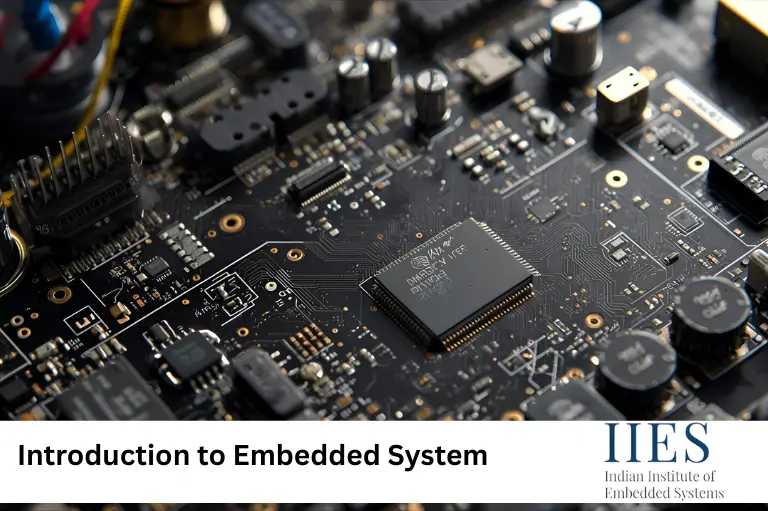
Embedded systems are specialized computer systems built to perform dedicated tasks within larger mechanical or electronic setups. Unlike general-purpose computers, these systems are optimized for efficiency, reliability, and application-specific performance, making them essential in modern technology.
Embedded systems power everyday devices like smartphones and washing machines, as well as complex industrial machinery. Understanding and mastering embedded systems enables engineers and enthusiasts to design smarter, more reliable solutions that deliver high performance and energy efficiency, further enhanced through embedded systems training.
An embedded system is a combination of specialized hardware and firmware (software) designed to execute a specific task. These systems are found in devices that require reliable and efficient performance without human intervention.
| Feature | General-Purpose System | Embedded System |
| Hardware | Generic | Specialized |
| Operating System | General Purpose OS (GPOS) | Embedded OS or firmware |
| User Programmable | Yes, OS and apps can be modified | Mostly pre-programmed; the end-user cannot easily alter |
| Performance Focus | Speed | Application-specific requirements (power, memory, response time) |
| Power Management | Limited | Optimized for power efficiency |
| Determinism | Not guaranteed | Deterministic for real-time systems |
The concept of modern embedded systems dates back to the Apollo Guidance Computer (AGC), which powered spacecraft navigation. The first mass-produced embedded system was the Automatics D-17 guidance computer used in missiles.
Over time, embedded systems have evolved from simple controllers to sophisticated devices integrating IoT, AI, and real-time capabilities.
Embedded systems can be categorized based on:
Embedded systems are purpose-built computing solutions, distinct from general purpose computers. They power devices we rely on daily, from home appliances and vehicles to medical instruments and industrial controllers. Understanding their applications and the purpose of embedded systems allows engineers to design smarter, more efficient, and reliable solutions.
Embedded systems are the silent engines behind modern electronics. With increasing IoT and AI integration, they are becoming smarter, more connected, and central to innovation. Mastering their design and applications ensures optimized performance in both consumer and industrial domains.
A specialized computer system designed to perform a dedicated task within a larger system.
PCs are general-purpose, while embedded systems are optimized for specific functions.
No, some run on firmware alone, while others use an embedded OS.
They are found in electronics, automotive, healthcare, industrial automation, and more.
They enable devices to operate efficiently, reliably, and in a task-specific manner.
Indian Institute of Embedded Systems – IIES